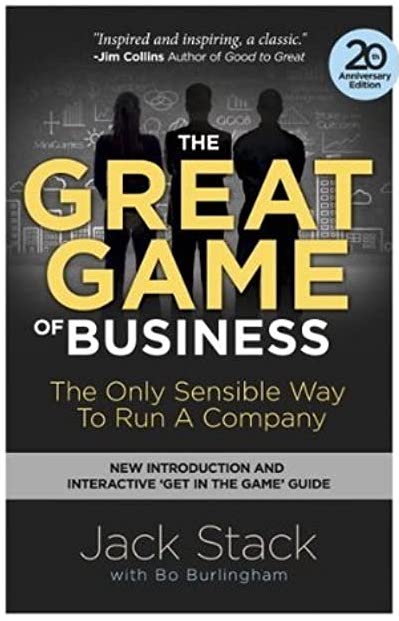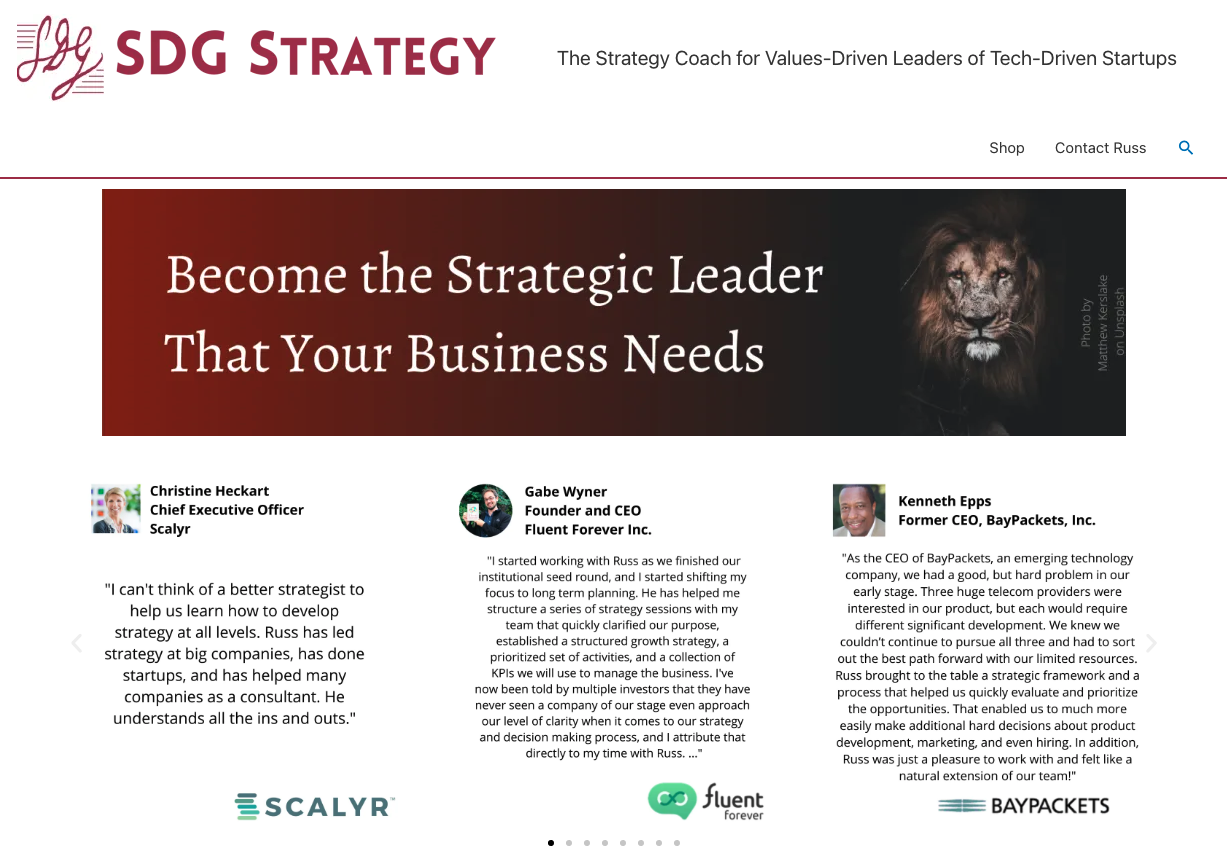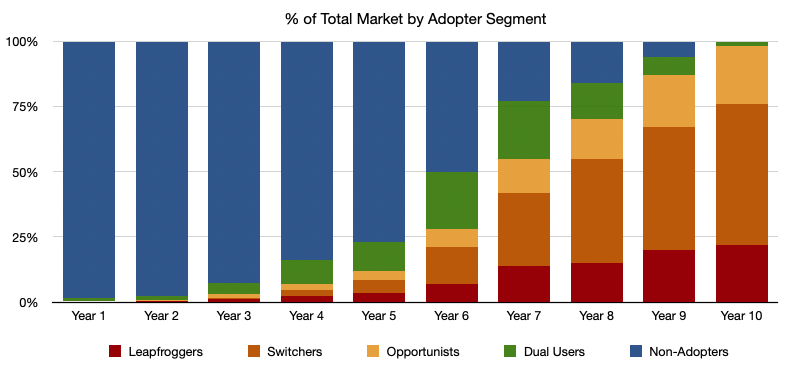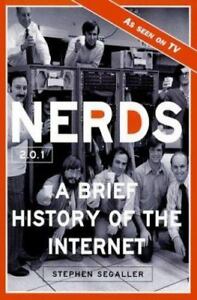Customer Discovery for SDG Games
A couple of weeks ago I shared with you the Customer Profile I’d developed for the initial target customer persona for SDG Games. Kelly Jo is a (fictional) homeschooling mom with a couple of kids. I developed some hypotheses about the jobs, pains, and gains for this persona. How could I test these hypotheses?
Steve Blank says that the number one goal of customer discovery is “turning the founders’ initial hypotheses about their market and customers into facts.” And the phrase he’s famous for saying in how to do customer discovery is “get out of the building.” Customer discovery is all about spending time with potential customers to deeply understand how they live and work so that your offers truly fit their needs.
For customer discovery to test my hypotheses for SDG Games, I pursued three approaches: an online survey, interviews, and participating in Facebook groups.
Read the full article here to see how each approach worked and what I learned.
Customer Discovery for SDG Games Read More »










